124 UMMA Objects
124 UMMA Objects
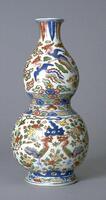
Chinese (Chinese (culture or style))
Double-Gourd Wall Vase
1573 – 1620
Gift of Marian Doering in memory of Paul M. Doering
1979/2.12
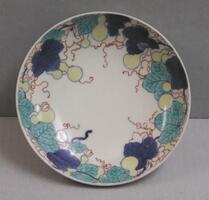
Artist Unknown, Nabeshima ware, Japan
Plate with gourd and vine design (one of five with 1964/1.100 and 102-104)
1700 – 1732
Museum purchase made possible by the Margaret Watson Parker Art Collection Fund
1964/1.101

Shibata Zeshin
Plate with Floral Design, one of five
1879 – 1890
Museum purchase made possible by the Margaret Watson Parker Art Collection Fund
1968/2.56
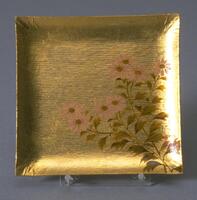
Shibata Zeshin
Plate with Floral Design, one of five
1879 – 1890
Museum purchase made possible by the Margaret Watson Parker Art Collection Fund
1968/2.60
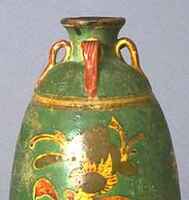
Chinese (Chinese (culture or style))
Bottle
1271 – 1368
Museum purchase for the Paul Leroy Grigaut Memorial Collection
1969/2.152
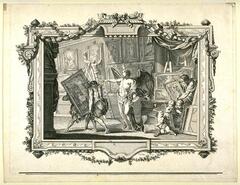
Noâl Le Mire
A Muse Presiding over the Arrangement of a Painting Gallery (Génie présidant à l
1756
Museum Purchase
1970/2.132

Chinese (Chinese (culture or style))
Bowl
1000 – 1132
Gift of Mrs. Caroline I. Plumer for the James Marshall Plumer Collection
1973/2.14

Chinese (Chinese (culture or style))
Bowl
1573 – 1619
Museum purchase made possible by the Augusta Plumer Weiss Memorial Fund
1977/2.19

Korean (Korean (culture or style))
Blue-and-white octagonal water dropper with floral design
1850 – 1899
Gift of Mrs. Caroline I. Plumer for the James Marshall Plumer Collection
1977/1.197
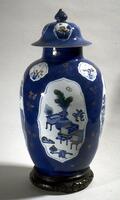
Chinese (Chinese (culture or style))
Covered Jar (Jar)
1700 – 1722
Gift of the Estate of Hobart Taylor, Jr.
1982/1.206A
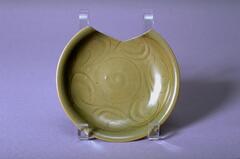
Chinese (Chinese (culture or style))
Bowl
12th century
Gift of Willard A. and Marybelle Bouchard Hanna
1991/2.13

Japanese (Japanese (culture or style))
Tsuba (sword guard) with iris design
1775 – 1785
Gift of Mr. and Mrs. Robert T. Weston
1978/2.8
Loading…
